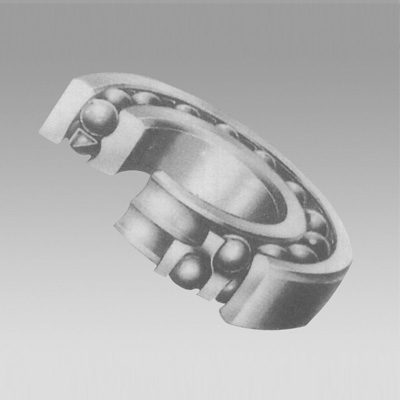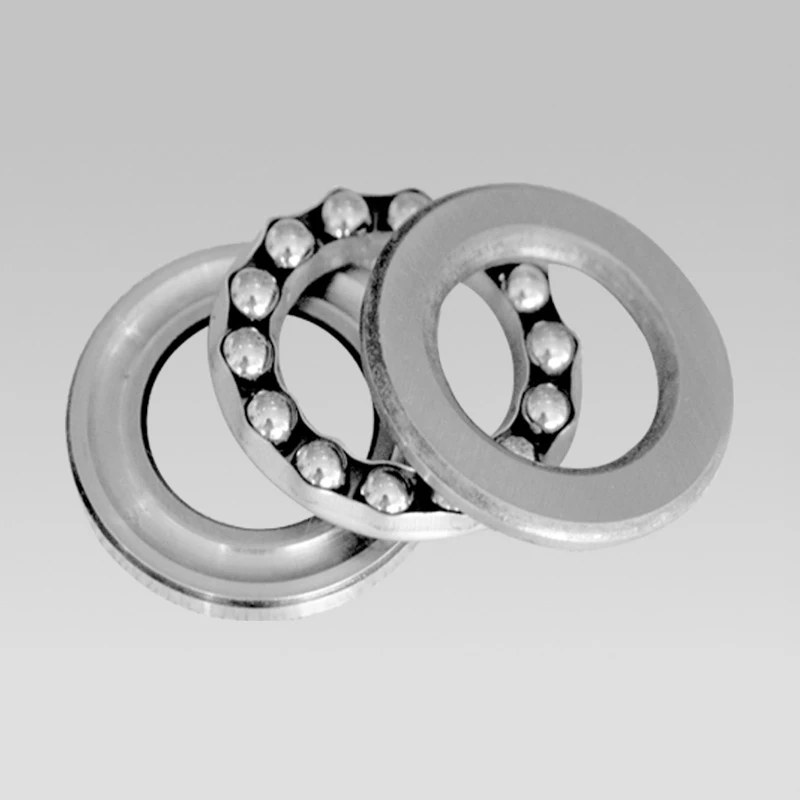
Feb . 20, 2025 13:02 Back to list
Cylindrical Roller Bearings
When selecting the appropriate bearing for a specific application, understanding the difference between spherical and cylindrical roller bearings is crucial. Each type has unique characteristics and applications, which can significantly influence machinery performance, longevity, and reliability.
Choosing Between Spherical and Cylindrical Roller Bearings The decision between spherical and cylindrical roller bearings should be informed by the specific demands of the application. Key considerations include load requirements, speed limitations, alignment issues, and environmental conditions. In environments prone to misalignment and heavy loads, spherical roller bearings are often the superior choice. Their resilience against external shocks and ability to maintain performance amidst alignment errors make them a trusted option in challenging settings. Conversely, applications that prioritize speed and precision should consider cylindrical roller bearings. Their high-speed capabilities and efficient operation under significant radial loads match the rigorous demands of industries that cannot afford downtime due to misalignment. Technical Expertise and Trustworthiness For optimal bearing selection, consulting authoritative sources and industry experts is imperative. Manufacturers often provide detailed specifications and application guides that can assist in making an informed decision. Reliable suppliers should offer insights into material choices, lubrication options, and maintenance practices to enhance bearing longevity. Establishing trust in bearing selection also involves considering the manufacturer's reputation and adherence to international quality standards. Bearings are critical components in machinery, and compromising on quality can lead to escalated maintenance costs and operational downtimes. In conclusion, understanding the distinctions between spherical and cylindrical roller bearings is essential for engineers and procurement specialists focused on maximizing equipment efficiency and durability. By analyzing the specific application requirements and consulting with technical experts, businesses can ensure that their choice of bearings will lead to long-term success and operational reliability.


Choosing Between Spherical and Cylindrical Roller Bearings The decision between spherical and cylindrical roller bearings should be informed by the specific demands of the application. Key considerations include load requirements, speed limitations, alignment issues, and environmental conditions. In environments prone to misalignment and heavy loads, spherical roller bearings are often the superior choice. Their resilience against external shocks and ability to maintain performance amidst alignment errors make them a trusted option in challenging settings. Conversely, applications that prioritize speed and precision should consider cylindrical roller bearings. Their high-speed capabilities and efficient operation under significant radial loads match the rigorous demands of industries that cannot afford downtime due to misalignment. Technical Expertise and Trustworthiness For optimal bearing selection, consulting authoritative sources and industry experts is imperative. Manufacturers often provide detailed specifications and application guides that can assist in making an informed decision. Reliable suppliers should offer insights into material choices, lubrication options, and maintenance practices to enhance bearing longevity. Establishing trust in bearing selection also involves considering the manufacturer's reputation and adherence to international quality standards. Bearings are critical components in machinery, and compromising on quality can lead to escalated maintenance costs and operational downtimes. In conclusion, understanding the distinctions between spherical and cylindrical roller bearings is essential for engineers and procurement specialists focused on maximizing equipment efficiency and durability. By analyzing the specific application requirements and consulting with technical experts, businesses can ensure that their choice of bearings will lead to long-term success and operational reliability.
Latest news
-
Grooved Ball Bearing Design and Functionality
NewsJun.04,2025
-
Concrete Mixer Bearing Load Capacity Testing
NewsJun.04,2025
-
6004 Bearing Dimensions in Robotic Joint Designs
NewsJun.04,2025
-
Advantages of Single-Row Deep Groove Ball Bearings
NewsJun.04,2025
-
Applications of Deep Groove Ball Bearings in Automotive Systems
NewsJun.04,2025
-
Innovations in Bearing Pressing Machine Design
NewsJun.04,2025
